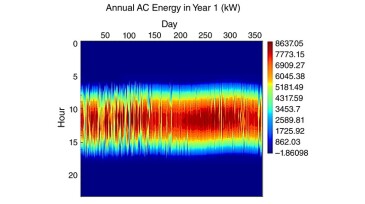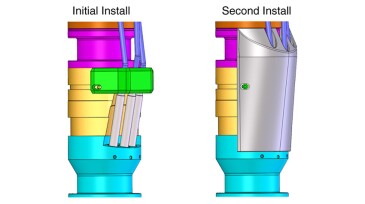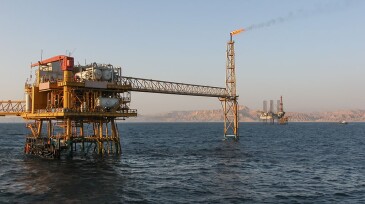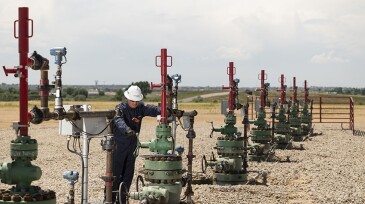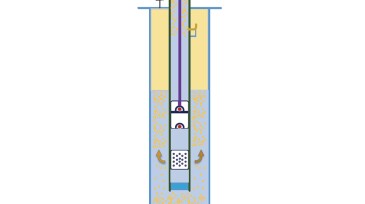gas lift
-
This paper presents an approach using artificial neural networks to predict the discharge pressure of electrical submersible pumps.
-
This paper aims to analyze the relevance of wind and solar energy for the supply of artificial lift systems on offshore platforms in the Brazilian equatorial region.
-
This paper explores electrical submersible generator design considerations, theoretical underpinnings, and potential future applications.
-
The authors of this paper discuss the effectiveness of smaller port sizes and the use of dummy and Venturi valves to enhance gas lift performance and maximize recovery in mature offshore fields.
-
The authors of this paper present an artificial-lift timing and selection work flow using a hybrid data-driven and physics-based approach that incorporates routinely available pressure/volume/temperature, rate, and pressure information.
-
As production dynamics evolve over the full life cycle of a tight-oil play, a single artificial lift method may not be the most cost-effective solution.
-
The authors describe a hybrid gas-lift/rod-pump completion designed to reduce workover rig cost and production deferment and increase production efficiency in high-gas/oil-ratio environments in marginal fields.
-
In this second part of a two-part series on advances in artificial lift, we’ll look at the state of optimization and a trio of techniques and technologies under development or new to the market. Look for quarterly reviews of specific types of lift in upcoming issues in the new year.
-
In this first part of a two-part series, we look at how the artificial-lift sector has adapted to producing unconventional resources. The second part of the series to publish in November will crack open the lift toolbox to take a deeper look at the techniques and technologies under development or new to the market.
-
The authors of this paper develop a model that can predict well-risk level and provide a method to convert associated failure risk of each element in the well envelope into a tangible value.


